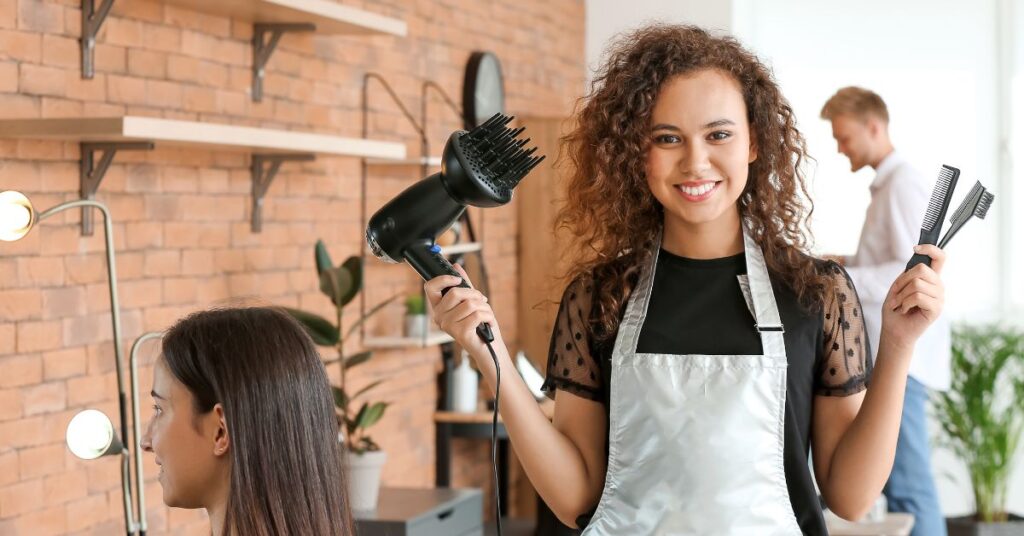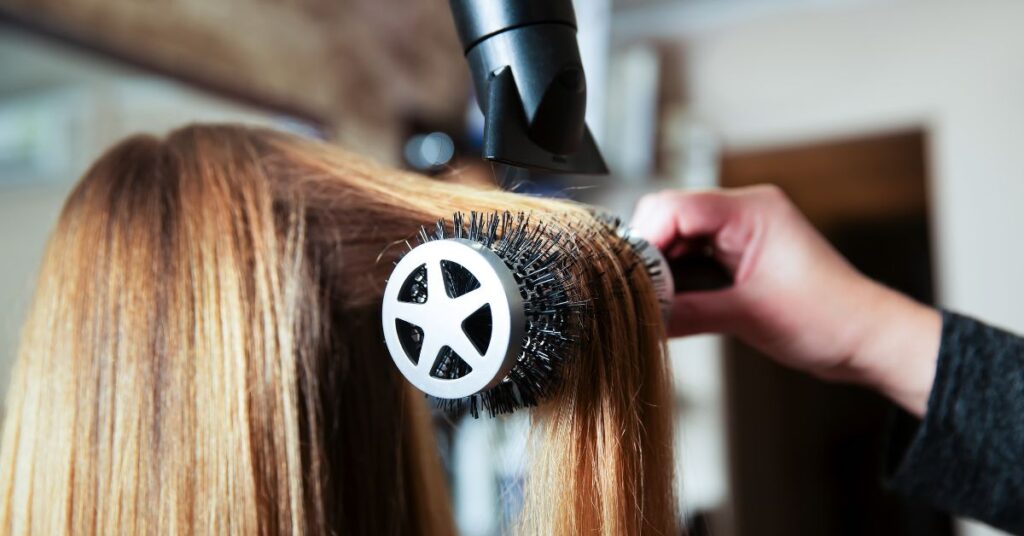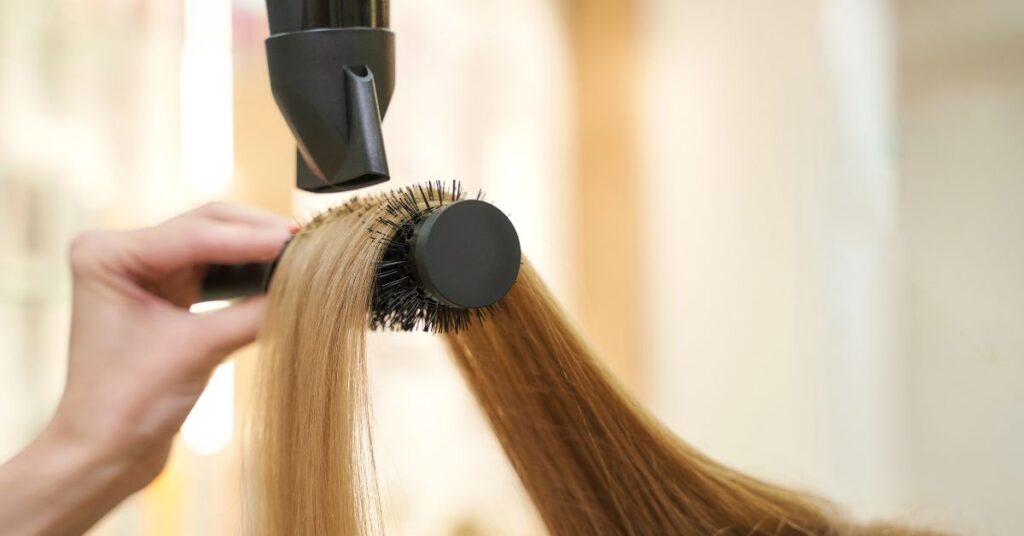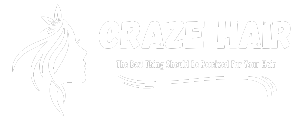
Introduce
Have you recently straightened your curly hair and miss those bouncy, vibrant curls? You’re not alone. Many individuals undergo the temporary allure of straight hair only to crave their natural curls afterward. In this comprehensive guide, we’ll explore effective strategies to revive and reclaim your curly locks post-straightening. From understanding the impact of heat styling to embracing nourishing hair care routines, let’s embark on a journey to rediscover your beautiful curls.
Understanding the Impact of Straightening
When you opt to straighten your curly hair, it’s essential to comprehend the implications of this styling choice. Straightening involves subjecting your hair to heat and often chemical treatments, which can alter its natural structure. Heat styling, such as flat irons or blow dryers, can cause temporary changes by breaking down the hydrogen bonds in the hair, resulting in straightened strands. Chemical straightening treatments, on the other hand, can produce more permanent results by altering the hair’s protein structure.
However, these processes come with consequences. Heat can lead to dryness, breakage, and even irreversible damage if not used correctly. Chemical treatments, while effective in achieving straight hair, can weaken the hair shaft and make it more prone to damage over time. Additionally, both heat and chemical straightening can disrupt the natural curl pattern, making it challenging to return to your original curls.
Assessing Hair Damage and Porosity
Before embarking on your journey to revive your curls, it’s essential to assess the current state of your curly hair. Straightening can cause various forms of damage, including dryness, brittleness, and split ends. Understanding the extent of this damage will guide your approach to restoration.
- Visual Inspection: Begin by visually inspecting your hair for signs of damage. Look for split ends, breakage, and overall dullness. Take note of any areas where the curl pattern seems altered or weakened.
- Texture and Elasticity: Gently tug on a strand of hair to assess its elasticity. Healthy hair should stretch and then return to its original length without breaking. If your hair snaps easily or feels rough, it may be damaged.
- Porosity Test: Determine your hair’s porosity, which refers to its ability to absorb and retain moisture. To do this, take a clean strand of hair and place it in a bowl of water. If it sinks quickly, your hair is highly porous and likely in need of intense hydration. If it floats for a while before sinking, your hair has low porosity and may struggle to absorb moisture effectively.
- Scalp Health: Don’t forget to assess the health of your scalp, as it plays a vital role in overall hair health. Look for signs of dryness, flakiness, or irritation, which may indicate underlying issues that need to be addressed.

Establishing a Healing Hair Care Routine
To revitalize your curls after straightening, it’s crucial to establish a nurturing hair care routine. This routine should focus on replenishing moisture, strengthening the hair shaft, and promoting healthy growth. Here’s a step-by-step guide to creating an effective healing hair care routine:
- Gentle Cleansing: Start by using a sulfate-free shampoo to cleanse your curly hair. Sulfates can strip the hair of its natural oils, leading to dryness and further damage. Opt for a gentle, hydrating shampoo that will clean your hair without causing undue stress.
- Deep Conditioning: Follow up your shampoo with a nourishing deep conditioner. Look for products containing ingredients like shea butter, coconut oil, or argan oil, which provide intense hydration and help repair damage. Leave the conditioner on for at least 5-10 minutes to allow it to penetrate the hair shaft fully.
- Moisture Locking: After rinsing out the conditioner, apply a leave-in conditioner or moisturizing cream to lock in moisture and provide ongoing hydration throughout the day. Pay extra attention to the ends of your hair, as they tend to be the driest and most prone to damage.
- Weekly Treatments: Incorporate weekly treatments into your routine to give your hair an extra boost of nourishment. This could include deep conditioning masks, hot oil treatments, or protein treatments to strengthen the hair from within.
- Protective Styling: Minimize heat styling and manipulation by opting for protective hairstyles that keep your hair out of harm’s way. This could be as simple as wearing your hair in a loose bun or braid, or using silk scarves or bonnets to protect your hair while you sleep.
- Regular Trims: Schedule regular trims every 8-12 weeks to remove split ends and prevent further damage. While it may seem counterintuitive to cut your hair when trying to grow it out, removing damaged ends actually promotes healthier growth in the long run.
- Low-Manipulation Styling: Embrace low-manipulation styling techniques that minimize stress on your hair. This could include air-drying your hair instead of using heat, finger-detangling instead of brushing, and avoiding tight hairstyles that can cause breakage.
Nourishing Hair from Within: Diet and Supplements
While external care is essential for restoring your curly hair after straightening, it’s equally important to nourish your hair from within. Your diet plays a significant role in the health and vitality of your hair, so focusing on nutrient-rich foods and supplements can support the restoration process. Here’s how to nourish your hair from the inside out:
- Protein-Rich Foods: Hair is primarily composed of protein, so it’s crucial to include an adequate amount of protein in your diet. Incorporate lean sources of protein such as chicken, fish, eggs, and legumes into your meals to provide the building blocks your hair needs to grow strong and healthy.
- Omega-3 Fatty Acids: Omega-3 fatty acids are essential for maintaining scalp health and promoting hair growth. Include foods rich in omega-3s, such as fatty fish (salmon, mackerel, sardines), flaxseeds, chia seeds, and walnuts, in your diet regularly.
- Vitamins and Minerals: Certain vitamins and minerals play key roles in hair health, including vitamin A, vitamin C, vitamin E, biotin, and zinc. Ensure you’re consuming a balanced diet rich in fruits, vegetables, whole grains, and nuts to provide these essential nutrients.
- Hydration: Drinking an adequate amount of water is essential for maintaining hydrated hair and scalp. Aim to drink at least eight glasses of water per day to keep your body and hair properly hydrated.
- Supplements: If you struggle to get enough nutrients from your diet alone, consider incorporating supplements specifically formulated to support hair health. Look for supplements containing biotin, collagen, keratin, or other vitamins and minerals known to promote hair growth and strength.
- Limit Processed Foods and Sugars: High intake of processed foods and sugars can contribute to inflammation and oxidative stress, which can negatively impact hair health. Limit your consumption of processed snacks, sugary drinks, and refined carbohydrates in favor of whole, nutrient-dense foods.
- Consult a Healthcare Professional: If you’re unsure about which supplements or dietary changes are right for you, consult with a healthcare professional or a registered dietitian. They can provide personalized recommendations based on your individual needs and health status.
Hydration and Moisture: Essential for Curl Revival
One of the most critical factors in reviving your curls after straightening is ensuring optimal hydration and moisture levels. Curly hair tends to be naturally drier than straight hair due to its structure, so replenishing moisture is essential for restoring elasticity, definition, and vibrancy. Here’s how to prioritize hydration and moisture in your hair care routine:
- Hydrating Shampoo and Conditioner: Choose hydrating or moisturizing shampoos and conditioners specifically formulated for curly hair. These products contain ingredients like glycerin, aloe vera, and coconut oil, which help attract and retain moisture in the hair shaft.
- Deep Conditioning Treatments: Incorporate regular deep conditioning treatments into your routine to provide intense hydration and nourishment to your curls. Look for deep conditioners enriched with ingredients like shea butter, avocado oil, or honey, which penetrate the hair shaft to moisturize and strengthen from within.
- Leave-In Conditioners: After washing and conditioning your hair, apply a leave-in conditioner to lock in moisture and provide ongoing hydration throughout the day. Choose lightweight formulas that won’t weigh your curls down but still provide ample moisture and protection.
- Hydration Masks: Use hydration masks or overnight treatments once or twice a week to give your curls an extra boost of moisture. These intensive treatments can help restore hydration levels and revive lackluster curls, leaving them soft, shiny, and defined.
- Water-Based Styling Products: Opt for water-based styling products such as creams, gels, or custards that provide moisture without leaving a heavy or greasy residue. These products hydrate your curls while also providing hold and definition for your desired style.
- Regular Moisturizing Spritz: Keep your curls hydrated throughout the day by using a moisturizing spritz or refresher spray. Mix water with aloe vera juice, glycerin, and a few drops of your favorite essential oils to create a DIY moisturizing spray that you can use to revive your curls between wash days.
- Protective Styling at Night: Before bed, protect your curls by wrapping them in a satin or silk scarf or sleeping on a silk pillowcase. These smooth fabrics help retain moisture and prevent friction, reducing frizz and preserving your curls’ shape and definition overnight.

Conclusion
In conclusion, reclaiming your natural curls after straightening requires a thoughtful and holistic approach to hair care. By understanding the impact of straightening, assessing hair damage and porosity, establishing a healing hair care routine, nourishing your hair from within, and prioritizing hydration and moisture, you can effectively revitalize your curls and restore their health and vitality. Remember that the journey to curly hair revival takes time, patience, and consistent care, but with dedication and the right strategies, you can embrace and enhance your natural texture. Embrace the uniqueness of your curls, and enjoy the journey of rediscovering their beauty and resilience.read more
FAQs:
How long does it take for curls to come back after straightening?
- The time it takes for your curls to return after straightening varies depending on factors such as your hair’s natural texture, the extent of damage from straightening, and how well you care for your hair during the transition. In general, it can take several weeks to months for curls to fully revert, so patience and consistent care are key.
Can I speed up the process of getting my curls back?
- While there’s no magic solution to instantly revert straightened hair to curls, you can promote healthy curl revival by following a dedicated hair care routine focused on hydration, moisture, and nourishment. Additionally, minimizing heat styling and manipulation, protecting your hair while sleeping, and avoiding further damage can all help expedite the process.
Will cutting my hair help my curls come back?
- Trimming your hair regularly can help remove damaged ends and promote healthier growth, which can indirectly support curl revival. However, cutting your hair alone won’t magically make your curls come back overnight. It’s essential to combine regular trims with a comprehensive hair care routine to achieve optimal results.
Can I straighten my hair again after getting my curls back?
- While it’s possible to straighten your hair again after getting your curls back, it’s important to proceed with caution to avoid undoing all your hard work. If you choose to straighten your hair again, be sure to use heat protectant products, minimize heat exposure, and incorporate deep conditioning treatments to maintain hair health.
What should I do if my hair doesn’t revert back to curls?
- If your hair doesn’t revert back to curls as expected, it may be a sign of underlying damage or issues that need to be addressed. In this case, consider consulting a professional hairstylist or trichologist for personalized advice and treatment options tailored to your specific needs. They can help assess the condition of your hair and recommend appropriate solutions for promoting curl revival and overall hair health.

